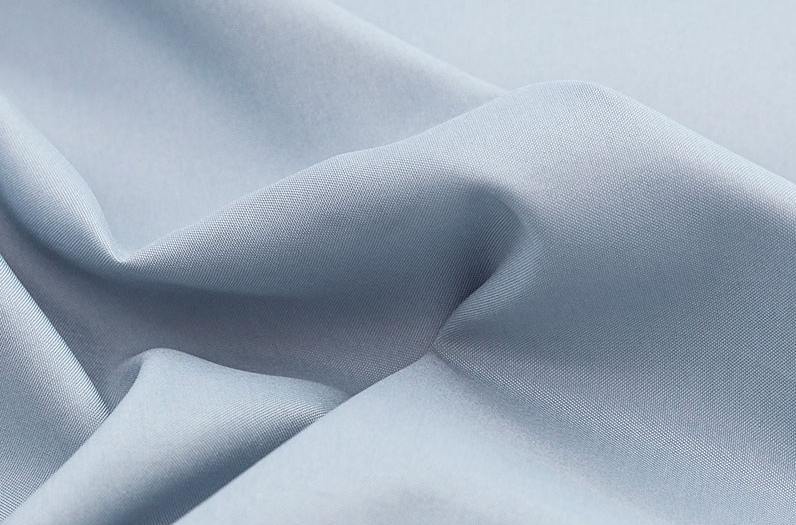Polyester, a ubiquitous synthetic fiber famend for its durability and flexibility, poses a unique mission in terms of dyeing. Unlike natural fibers, polyester is not hydrophilic, that means it repels water, making conventional water-soluble dyes useless.
Polyester's hydrophobic nature affords a considerable impediment to conventional dyeing methods. Traditional water-soluble dyes, along with direct, acidic, and reactive dyes, depend upon the affinity for water to permeate and cling to the fibers. However, polyester's hydrophobic composition prevents these dyes from being adsorbed, leaving the cloth undyed.
Vat and sulfur dyes, with their huge molecules and associated debris, face a fair more bold barrier. The excessive crystallinity and dense shape of polyester macromolecules make it challenging for these dyes to penetrate the fibers successfully. The end result is limited or no colour, emphasizing the need for opportunity dyeing answers.
Enter disperse dyes, the unsung heroes of polyester cloth dyeing. Unlike their water-soluble opposite numbers, disperse dyes are small molecule pigments with out water-soluble organizations. This characteristic makes them mainly nicely-proper for polyester, as they possess a unique affinity for hydrophobic materials.
Disperse dyes perform on a captivating principle that exploits the character of polyester fibers. When uncovered to excessive temperatures, polyester fibers extend, growing microscopic gaps within their shape. Disperse dyes, with their small molecular size, take benefit of those gaps and infiltrate the polyester fibers, ensuing in effective and lasting color.
Think of disperse dyes as miniature drillers navigating via the topography of polyester fibers. As the fibers extend in reaction to heat, the small molecules of disperse dyes can effectively "drill" into the gaps, making sure thorough and uniform dyeing. This method now not most effective overcomes the hydrophobic barrier however additionally gives an answer tailor-made to the unique traits of polyester.
To attain most useful results when dyeing polyester with disperse dyes, precise software techniques are essential. Techniques along with excessive-temperature dyeing and strain dyeing are commonly hired to decorate the penetration of disperse dyes into the polyester fibers. Additionally, controlling factors like dye concentration, time, and temperature ensures a colourful and long-lasting coloration.
The journey to
dyeing polyester fabric is a scientific exploration that unveils the challenges posed by using its hydrophobic nature. Disperse dyes, with their small molecular length and unique affinity for hydrophobic materials, emerge as the answer to this tricky puzzle. Understanding the interaction among polyester fibers, high temperatures, and the "drilling" impact of disperse dyes affords valuable insights for textile specialists, designers, and fanatics alike. As we retain to innovate in the realm of textile technology, unraveling the secrets of polyester dyeing opens doors to a spectrum of opportunities for the style and textile industries.

 English
English Español
Español









.jpg?imageView2/2/format/jp2)























 Quality
Quality Experience
Experience Prolificacy
Prolificacy Service
Service











